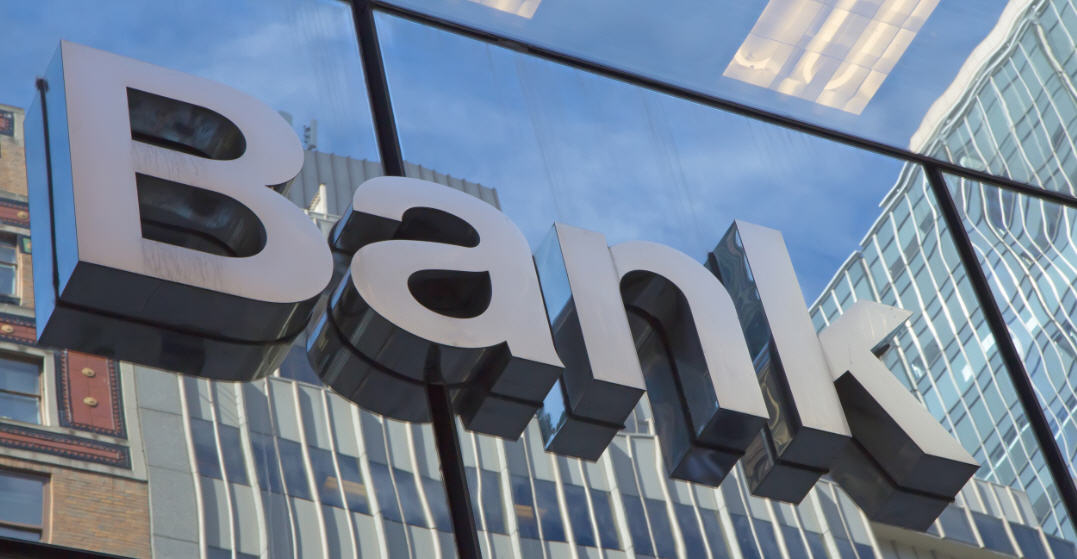Should More Banks Use Social Media?
September 26th, 2013

I usually start my Monday morning’s news reading with an interesting section in the opinion pages of American Banker known as BankThink. Over the summer, it made me smile to see the headline, “More Bank Execs Should Be on Twitter” – and it’s still an article worth reading in case you missed it while you were on vacation.
While many companies continue to forge ahead with social strategies, financial institutions are faced with a peculiar set of problems that have made many of them understandably shy about jumping in – particularly considering issues aligned to customer information and privacy. And for those financial institutions already involved in social media, their executives are more than likely sitting on the sidelines reading the Wall Street Journal and not hanging out on Google+.
What made this “op-ed” so fascinating was that it was by-lined by the actual president and chief executive of a financial institution, as opposed to being penned by a marketing professional or social media “guru.” The chief executive signed his opinion with his personal Twitter handle and pointed readers to his bank’s LinkedIn, Facebook and YouTube channels. The executive is clearly practicing what he preaches.
Recently, I blogged about my own customer experience on social media with a bank. Banks notoriously get you caught up with long waits and call transfers, and a consumer often endures a chain of frustration for even the simplest calls and requests. But occasionally, as I learned, the customer experience may be hastened by one good Twitter pickup by a responsive social media program. So, perhaps, the most important line in the author’s editorial about the benefits of social media was, “Money is personal, and customers want to deal with people…Banks have the opportunity to connect with an entirely new generation of stakeholders.”
What prompted the bank executive to write his opinion was a recent survey from global PR firm Weber Shandwick that espoused that bank CEOs take to social media – and which suggested that making strong use of social tactics is an important tool in portraying oneself as a better, more transparent and effective leader, according to the report.
Regardless of the need for leaders to blog, tweet and socialize – their institutions themselves need to grasp social media and rethink their customer communications strategies. Today, organizations that understand how social media is key to both reputation management and future success are much more likely to succeed.
Recently, I sat in a social media refresher course held in midtown Manhattan with a cast of other social media practitioners. Once we finished talking about all the exciting tools at our fingertips and how to utilize them, we talked about our real purpose for sitting in that room together. And that purpose is reaching out to potential customers, pushing them back to interact with us, and then hopefully developing an emotional attachment to our respective brands. That, my friends, is the purpose of social media.
And for the doubters – I suppose there might be one or two of you out there? – here are a few statistics posted on Business Insider that any progressive bank marketing department might well consider:
- The fastest growing demographic on Twitter is the 55 to 64 age bracket. (Baby boomers are active and are great targets for marketing.)
- 189 million of Facebook’s users are “mobile only.” (Where is any mobile strategy without social!)
- YouTube reaches more U.S. adults aged 18 to 34 than any cable network.
- LinkedIn has a lower percentage of active users than Pinterest, Google+, Twitter, and Facebook.
- 93% of marketers use social media for business. (Why be left out, folks.)
- 25% of smartphone owners ages 18 to 44 say they can’t recall the last time their smartphone wasn’t next to them.
When I started this blog post, I highlighted the fact that Weber Shandwick and the banking executive’s editorial “call to action” was for more bank executives, themselves, to get out on Twitter – not just their institutions. The editorial cited a range of reasons for this, including transparency, customer service and relationships.
More bank execs should be on Twitter or other social media because it offers an ability to lurk and observe, and to monitor what people are saying about your company and brand. What executive doesn’t want to know what is happening with all of his or her customers and business lines?
Finding out first-hand what your customers are saying on Twitter should be part of any bank executives’ monitoring strategies – and at the very least, the financial institution’s social media metrics along with the ups and downs of stock price, cash flow, and profits.
If the executive hasn’t learned this by now, he or she will soon learn that what goes on in social media doesn’t stay there for long – and it moves to affect a company’s business health in significant ways.
PS – and when this blog is posted, I will be sure to let CEO @tomgeisel know, too!




